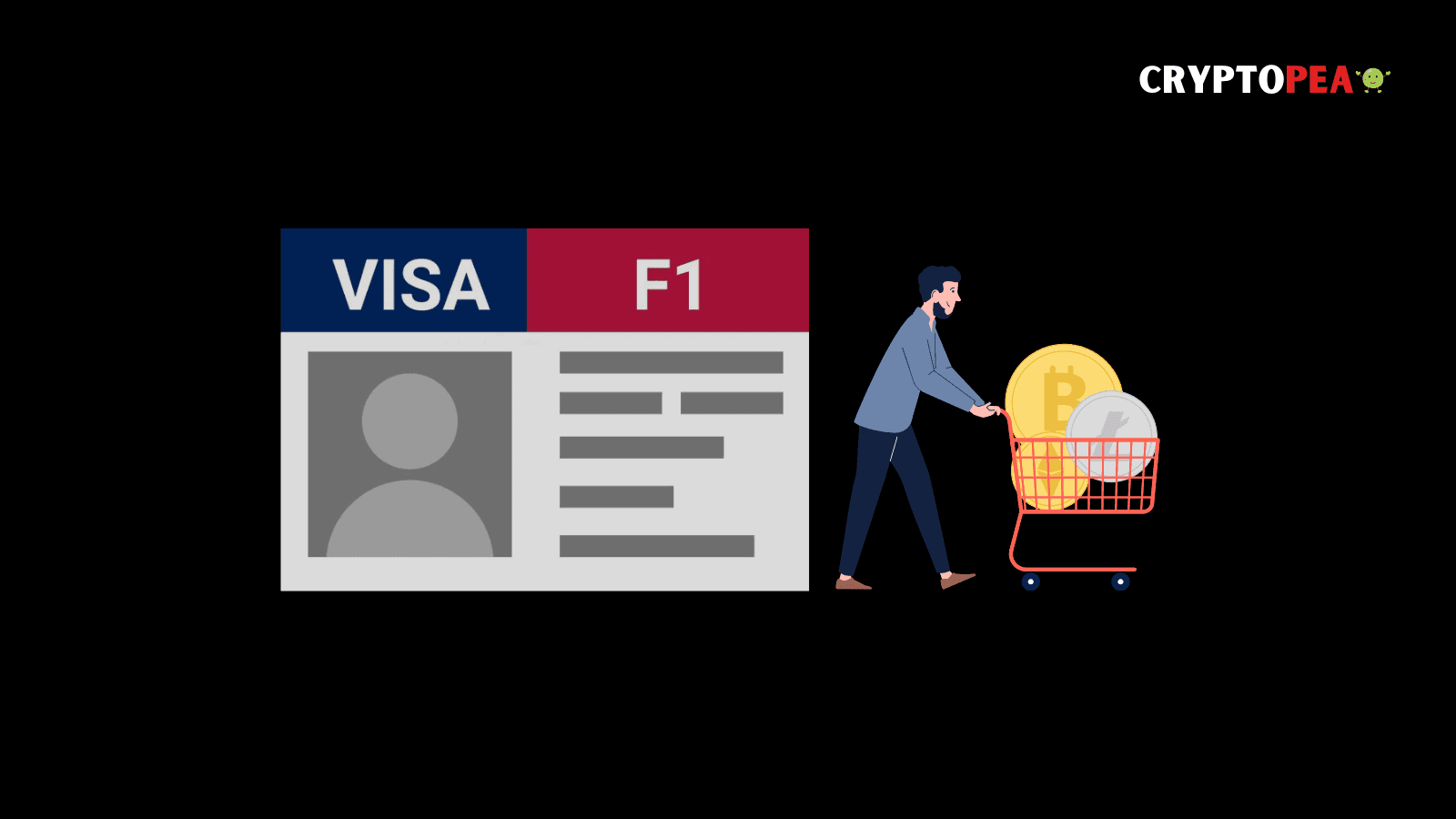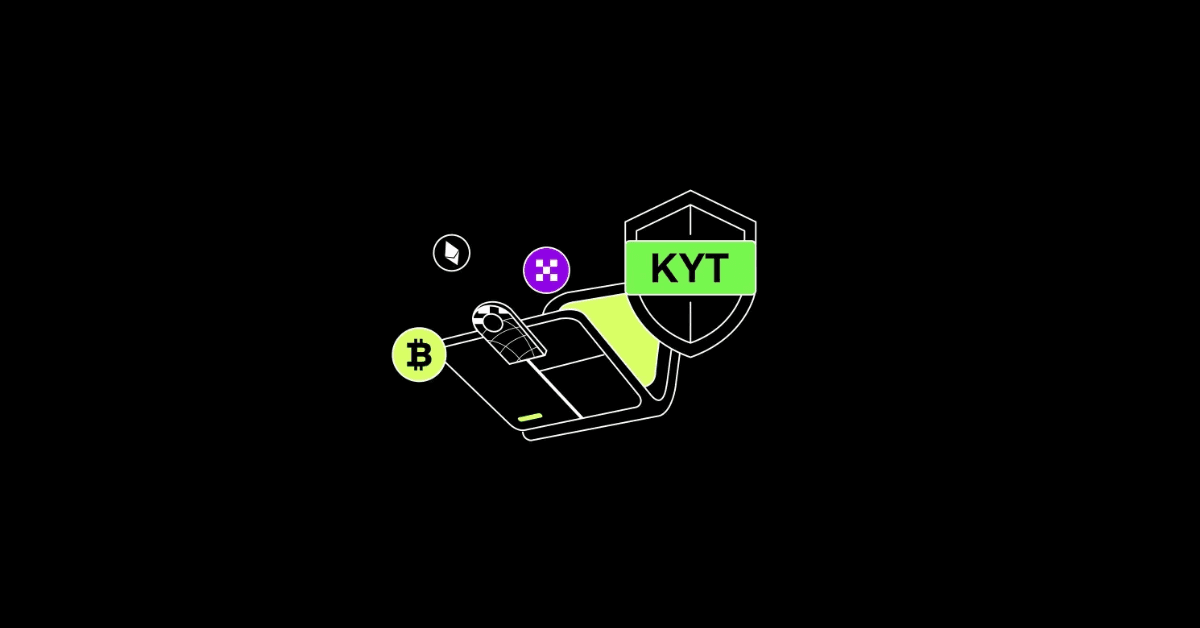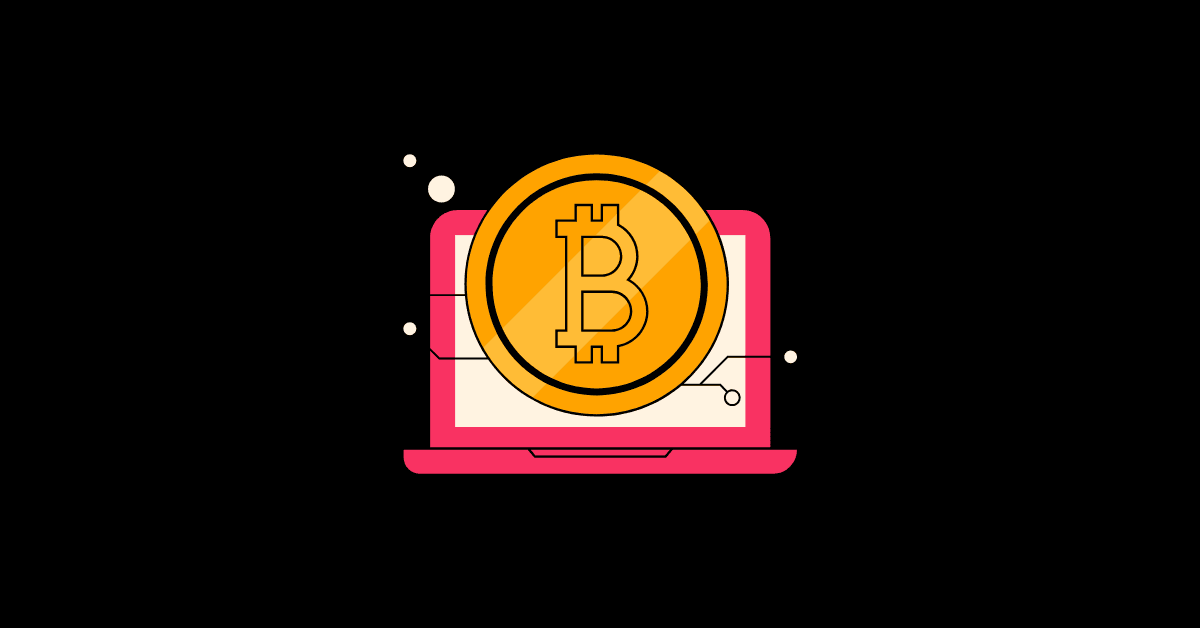Hyperliquid Overview
Hyperliquid is often referred to as the “On-Chain Binance”, a decentralized exchange platform. Essentially, the platform operates on its own high-speed blockchain, allowing users to deposit funds and trade seamlessly. All transactions are recorded on its proprietary blockchain, making it a fully decentralized system. The blockchain’s status can be monitored at https://app.hyperliquid.xyz/

Hyperliquid Revenue Model
1.Revenue Components
The platform’s revenue comes from three primary sources:
- Listing Auction Fees: Fees collected for token listing auctions.
- HLP MM PnL: Profits from market-making activities.
- Transaction Fees: Fees charged on trades executed on the platform.
2. Distribution of Auction Fees
All auction fees are distributed to HYPE token stakers, incentivizing community engagement.
3. Transaction Fee Allocation
- USDC Fees: A portion is allocated to the Hyperliquid Assistance Fund, which supports platform activities like HYPE token buybacks. Another part goes into the HLP Vault, which includes liquidation-related fees. The exact split between these two remains undisclosed.
- HYPE Fees: All collected HYPE fees are burned, creating a deflationary mechanism to reduce token supply.
4. Community-Centric Fee Utilization
All fees are directly funneled back into the community through the HLP Vault and the Assistance Fund, ensuring sustainable ecosystem growth.
5. Current Revenue Metrics
- As of December 15th, the platform’s daily trading volume reached $4 billion, with an average transaction fee of 0.03%, translating to a daily fee income of $1.2 million.
- In 2024, the annual revenue has already surpassed $100 million, with both auction and transaction fee revenues experiencing exponential growth.
Valuation Analysis
1. Current Valuation Metrics
Based on the current annual revenue of $100 million, a conservative estimate suggests that the platform’s revenue could grow to $300 million in the next year. With a fully diluted valuation (FDV) of $23.4 billion, the price-to-sales (PS) ratio stands at 78. Considering the market cap of $6.2 billion, the PS ratio adjusts to 20.
2. Token Buyback Dynamics
The platform’s buyback system mirrors similar mechanisms in other projects, with an estimated annual buyback value of approximately $200 million.
3.Growth Potential
The current valuation reflects expectations of further growth in trading volume and auction revenues.
4. EVM Chain Integration
Future valuation also hinges on the anticipated launch of an EVM-compatible chain. However, it remains unclear whether HYPE will serve as the gas token for this chain.
Vision and Long-Term Goals
1. Competing with Binance
The ultimate goal is to surpass Binance by scaling trading volumes and revenues by 10x, which could lead to a significant increase in valuation.
2. Challenging Solana
By focusing on fast and efficient EVM-compatible chains, Hyperliquid aims to capture Solana’s market share. If successful, this could unlock an additional $100 billion in value.
Hyperliquid Ecosystem Projects
This image clearly illustrates Hyperliquid’s extensive and in-depth strategic layout in the Web3 space. Spanning areas such as DeFi, AI, gaming, and social networking, each module reflects its innovative capabilities and market reach. At the same time, its robust network of supporters lays a solid foundation for future development.

1. Meme Coins (Meme Tokens)
This section highlights the meme coins associated with the Hyperliquid ecosystem, which are primarily community-driven and focus on entertainment. Representative projects include:
PIP, PURR, ATEHUNDREO, and YAP.
These tokens often employ creative marketing strategies to attract users and represent a form of pop culture within the crypto ecosystem. They are gaining popularity as meme coins continue to captivate communities and drive engagement.
For further insights, you can explore how meme coins like PIP are integrated into platforms such as Hypurr.fun.
2. Data & Research Tools
This module consolidates data platforms and research tools relevant to the Hyperliquid ecosystem, including:
- HL-Focused Data Tools
- Blockchain Explorers
- General Research Platforms
These tools are integral for traders and researchers looking to leverage actionable insights within the Hyperliquid ecosystem.
3. DeFi (Decentralized Finance)
DeFi is one of the core components of the Hyperliquid ecosystem, showcasing its infrastructure in the following areas:
- Decentralized Exchanges (DEXs):
- Liquid Staking:
- Lending, Stablecoins & Yield Tools:
The ecosystem’s DeFi solutions are designed to provide robust financial tools while ensuring accessibility and efficiency for users.
4. Blockchain Gaming
This section showcases blockchain-based gaming projects within the Hyperliquid ecosystem, covering various categories:
- Spur and Duelz: Focus on PvP (player vs. player) combat functionality.
- Vegas: Specializes in gambling-themed gameplay.
These games leverage blockchain technology to enhance user experiences, providing transparency and unique in-game economies.
5. AI (Artificial Intelligence)
The AI module demonstrates how Hyperliquid is leveraging AI technologies to empower its ecosystem. Examples include:
- Kololu and Wagni.ai: Tools designed to support content creators.
- RNDM: Focuses on interactive AI bots for user engagement.
By integrating AI, Hyperliquid aims to streamline processes and enhance user interactions within the ecosystem.
6. Trading Tools
This section includes professional-grade trading tools to meet diverse user needs:
- Insilico Terminal: Provides advanced order management functions.
- CopyCat.BOT: Supports automated copy trading.
- Rage Trade: Specializes in perpetual contract aggregation.
These tools empower traders by offering sophisticated functionalities tailored to the evolving demands of the crypto market.
7. Social Media & NFTs
This module highlights the sub-ecosystem centered around social media and NFTs:
- Chaos: Offers generative NFT collections.
- DripTrail: Focuses on high-frequency NFT trading.
These projects demonstrate the intersection of digital art, community engagement, and blockchain technology.
8. Testnet Validators & Ecosystem Organizations
This section lists key contributors to network security and decentralization:
- Chorus One and Nansen: Prominent node operators ensuring robust network operations.
- HypurCollective: Ecosystem fund organizations supporting the growth of the Hyperliquid ecosystem.
These entities are vital for maintaining the integrity and scalability of the blockchain infrastructure.
9. Notable Supporters
This part highlights significant supporters within the community, including:
- Investment institutions, high-net-worth individuals, and seasoned crypto enthusiasts.
These supporters provide funding, resources, and influence to foster the ecosystem’s development and adoption.









